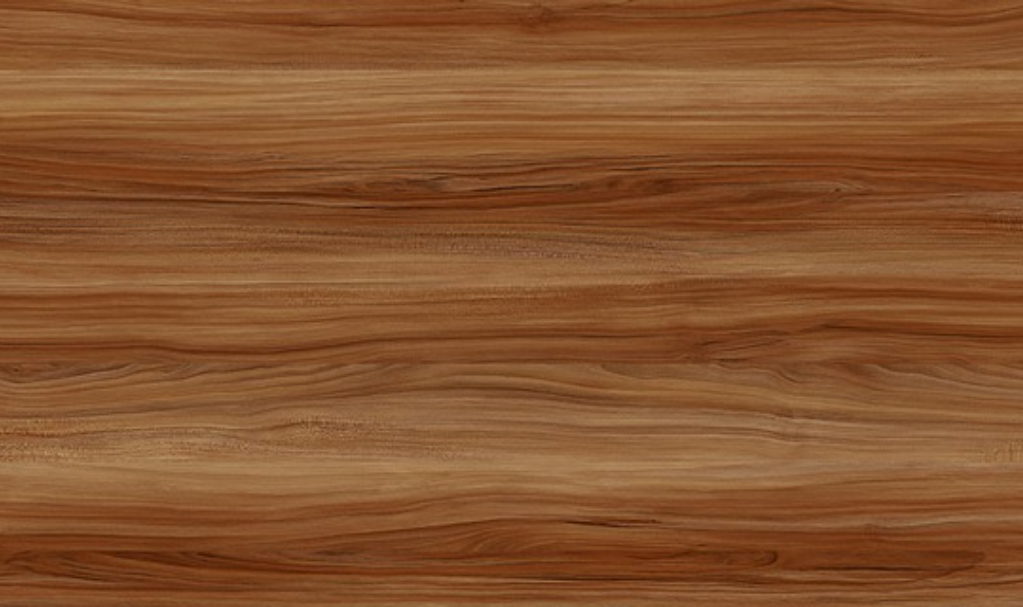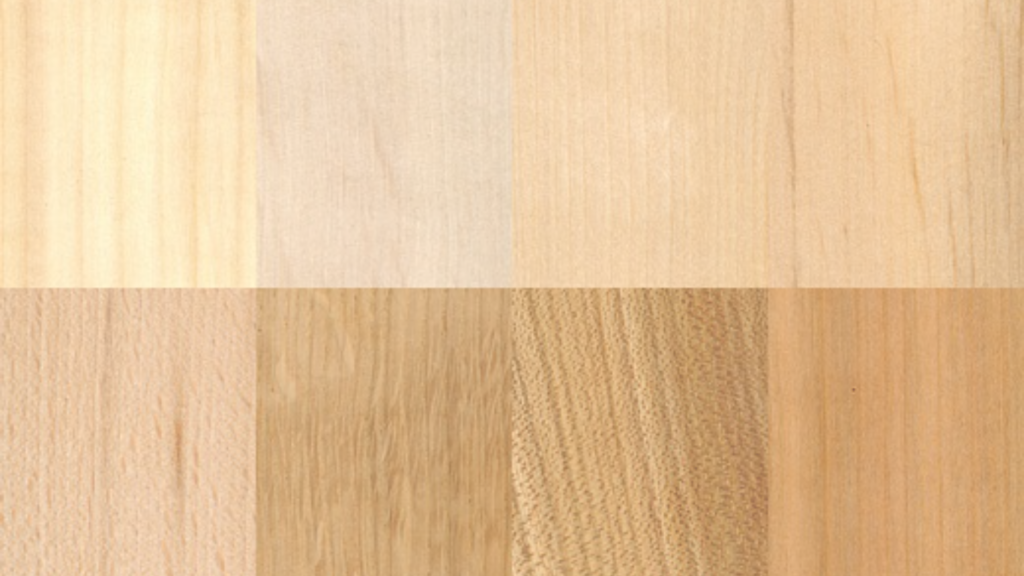Woodworking encompasses a great number of diverse activities, including turning, woodcarving, marquetry, cabinetmaking, and joinery.
However, every great craftsman or craftswoman has at some time mastered the fundamentals of measuring and marking, dimensioning, assembling, and finishing – considered the basics of woodworking skills that are the core of any woodworking calling.
The ability to think in three dimensions is required to mark out the wood for a project and to imagine how one component fits with another, and in what order they should be constructed. Further, you will also need to know which tools will give the best results, depending on the level of accuracy required and the properties of the wood you are using.
Dimensioning is the process of reducing raw materials accurately to size. Here you must ensure that the components are square and true – a procedure that appears simple, but takes a lot of practice to perfect.
Cutting and assembling a variety of different joints is a skill required for all woodworking projects. Joinery has long been regarded as a woodworker’s most important skill, requiring steady hand-eye coordination. However, experience will determine the best way to fasten one piece of wood to another attractively, discreetly, and without sacrificing strength.
In addition to these fundamental skills, is an understanding of how wood behaves and reacts. It is a unique, fluid material that expands and contracts with changes in humidity, a factor that a woodworker must deal with in the design and construction of every project. Some woods are easier to work with than others, and each piece, regardless of the type, possesses unique grain patterns as well as turns and twists.
There is no one right way to do anything in woodworking. The right way is the way that works best for you. What works best is a balance between the time a particular task takes, the tools and resources available, and most importantly, the pride, pleasure, and satisfaction you gain from producing quality results.
There are arguments for and against the use of hand tools and the use of machines for woodworking. Some say that using hand tools allows you to develop the ‘knack’ of cutting and shaping wood without tearing the grain. While other woodworking experts proclaim that you can often complete a project in less time with hand tools because of the setup required for the mechanical tools. Others believe just the opposite. We will discuss the pros and cons of each in this book.
With a little patience and tolerance, the appropriate tools and techniques, as well as a great set of woodworking plans, you will be able to create and construct many beautiful pieces which you will treasure for many years.




